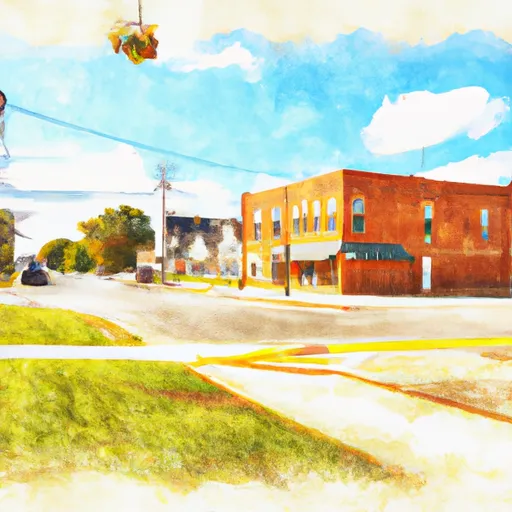°F
°F
mph
Windspeed
%
Humidity











Chester is a small town located in northeast Iowa, with a population of around 120 residents. The climate in Chester is characterized by cold winters and warm summers, with an average annual temperature of 47°F. The town sits on the banks of the Upper Iowa River, which is a popular destination for kayaking and canoeing. The river is also home to a variety of fish, including smallmouth bass and brown trout. The hydrology constituents in Chester are mainly made up of agricultural runoff, which can affect water quality. Outdoor recreation opportunities in the area include hiking and camping in the nearby state parks and forests, as well as hunting and fishing in the surrounding woodlands.
Weather Forecast
Chester receives approximately 888mm of rain per year, with humidity levels near 81% and air temperatures averaging around 7°C. Chester has a plant hardyness factor of 4, meaning plants and agriculture in this region thrive during a short period during spring and early summer. Most plants will die off during the colder winter months.
Regional Streamflow Levels
62
Cubic Feet Per Second
111
Cubic Feet Per Second
45
Cubic Feet Per Second
5
Cubic Feet Per Second
Nearby Camping
| Camping Area | Reservations | Toilets | Showers |
|---|---|---|---|
| Binder Park | |||
| Finger Lakes State Park | |||
| Macon Co Park | |||
| Rothwell Park | |||
| Lake Wapello State Park | |||
| Drakesville City Park |



